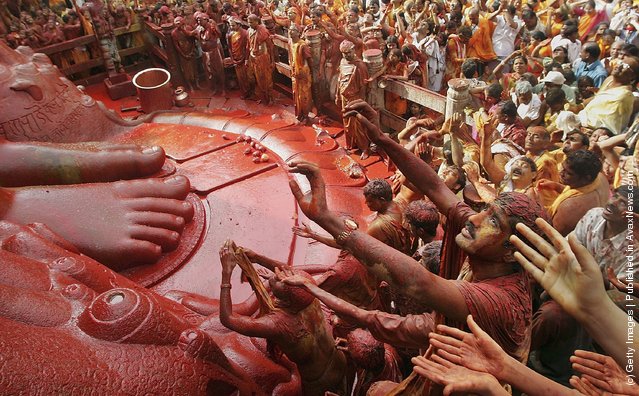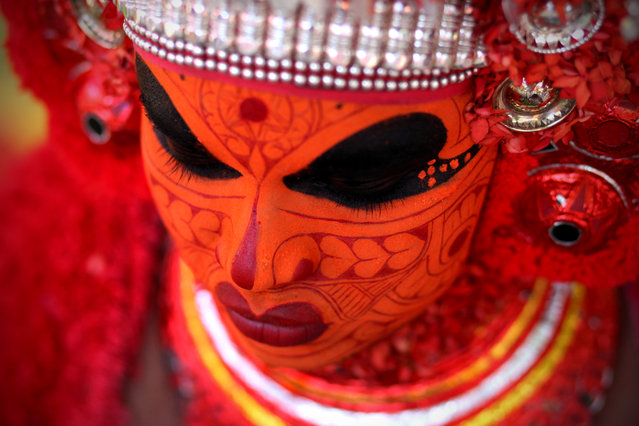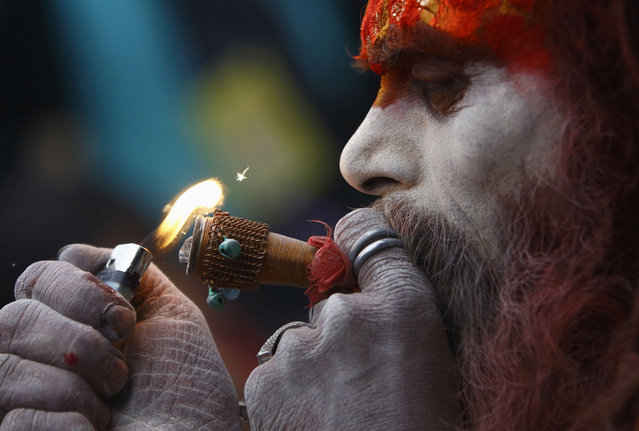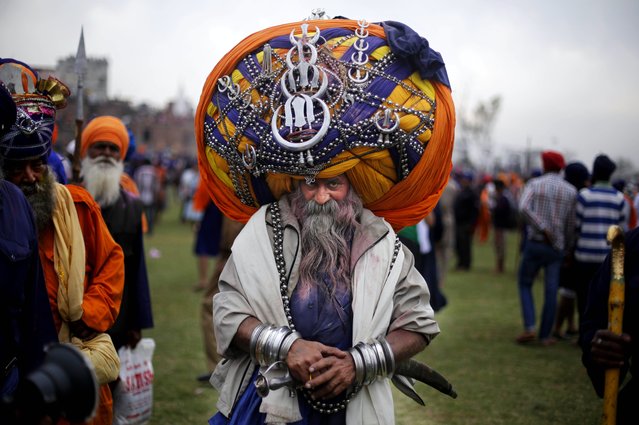
A child buys goods from a partially submerged shop in Companiganj of Sylhet district on June 20, 2024. In Sylhet, lashing rain and rivers swollen by flooding upstream in India also swamped heavily populated areas. (Photo by Munir Uz Zaman/AFP Photo)
31 Jul 2024 06:18:00,post received
0 comments







